Development of new radiators for high-power LED street lamps
0 Preface
LED (Light Emitting Diode) is a solid light source that converts electrical energy into light energy. It may become a new solid light source that replaces incandescent lamps and fluorescent lamps, and will create the fourth revolution in the lighting industry. Compared with the existing lighting fixtures, the luminous efficiency, especially the low light extraction efficiency and poor heat dissipation capability, are the main technical bottlenecks faced by high-power LEDs for lighting (power greater than 1W). At present, the luminous efficiency of LEDs can only reach 10%~20%. 80%~90% of the energy is converted into heat. In order to ensure the life of the device, the junction temperature is generally below 110 °C. At present, the chip size of the high-power LEDs for lighting is mostly above lmm×lmm, and the heat flux density exceeds 100W/cm2. If the heat is not transferred in time, the heat accumulation will lead to an increase in the temperature of the LED junction, and the junction Temperature directly affects the device's light extraction efficiency, peak wavelength, device lifetime, and so on. Therefore, solving the heat dissipation of LEDs has become the primary problem for the development of high-power LEDs.
1 LED street light radiator problem
At present, there are two main heat dissipation methods used in LED road lighting fixtures: the first one is passive heat dissipation, that is, heat is dissipated by installing heat sinks. The second type is active heat dissipation, that is, heat dissipation by means of an external fan or water cooling.
1.1 Passive cooling
Passive heat dissipation relies on the natural convection of the outer surface of the lamp itself and the air to dissipate the heat generated by the LED. This heat dissipation method is simple in design and easy to combine with the mechanical structure design of the luminaire, which is relatively easy to achieve the protection level requirements of the luminaire, and the cost is low, so it is the most widely used one. The heat is first transmitted to the aluminum substrate of the fixed LED through the soldering layer, and then transmitted to the lamp housing through the aluminum substrate thermal conductive glue, and then transmitted to the respective heat sink through the lamp housing, and finally the heat is dissipated by the convection between the heat sink and the air. This method is simple in structure, but the heat dissipation efficiency is relatively low.
1.2 Active cooling
Active heat dissipation is mainly to increase the air flow speed on the surface of the heat sink by means of water cooling, fans, etc., so as to quickly remove the heat on the heat sink, thereby improving the heat dissipation efficiency. This method has higher heat dissipation efficiency, but requires additional power consumption, which reduces system efficiency and is difficult to design.
2 Basic characteristics of heat transfer heat pipe technology
2.1 Working principle
The heat conduction is a heat-conducting medium in a mixture of various elements, and it is vacuum-treated and sealed to form a heat-transfer heat pipe. It has an extremely long thermal activity and heat sensitivity, preheating and sucking, pre-cooling and releasing. Under the heat condition, after the heat conduction medium inside the heat conduction heat pipe absorbs heat, the thermal energy is quickly excited by the oscillation and friction of the molecules, and the wave is rapidly transmitted, and the heat is quickly transmitted from one end of the heat pipe to the other end. Throughout the heat transfer process, the surface of the heat pipe exhibits a characteristic that the thermal resistance tends to zero (i.e., thermal conductivity). Since the heat conduction is mainly through the medium inside the cavity to achieve heat conduction, the thermal conductivity is much higher than that of the ordinary metal material, and the thermal conductivity is 3.2 MW/(m·k), and the total amount of equivalent heat conduction can reach the same metal hard material with the same surface area. More than 7,000 times.
2.2 Heat pipe safety, life and scope of application
The heat transfer medium consists of elements. The medium itself is non-toxic, non-polluting, non-corrosive, and has no phase change during heat conduction. It has been proved by experiments that the settlement value is well described with various metals, and no heat or decomposition is generated to generate non-condensable gas, which causes the heat pipe to fail. Since the heat transfer medium is completely composed of the medium, the medium's own ability can effectively suppress the generation of hydrogen and oxygen molecules, and the internal pressure is low, and the use is safe and reliable. Heat-conducting heat pipes do not produce radioactive substances harmful to the human body, either during the excitation process or at rest, so there is no radioactive contamination when applicable. The heat pipe has a small pressure drop and the rate can last for 11×104 h, achieving the effect of long-life and stable operation.
2.3 Advantages of heat transfer heat pipes
(1) Small thermal resistance and fast heat transfer
The superconducting heat pipe has the characteristics of small heat resistance, good temperature uniformity, quick start, and heat conduction speed block, and the axial heat flux density is above 8.26×106 W/cm 2 . Heating from one end of the heat pipe can transfer heat to the other end in a few seconds; because the temperature difference along the axial direction of the heat pipe tends to zero, the temperature of the heat pipe tends to be uniform. The heat transfer coefficient is high.
(2) Compact structure and low flow resistance
The heat sink made of finned heat conduction heat pipe has large heat exchange area, high heat transfer coefficient, small volume and light weight. Since the air flow direction is consistent with the fins, the flow resistance is reduced.
(3) Good maintenance
Since the heat pipes work independently of each other and are bolted to the LED light board, they are separately disassembled and replaced separately; the equipment does not need to be repaired during normal operation, and the maintenance cost is low.
3 heat pipe radiator design
This paper designs the radiator for the LED street lamp produced by a factory. The relevant design parameters of heat pipe and fin are shown in Table 1 and Table 2. The physical model is shown in Figure 1.
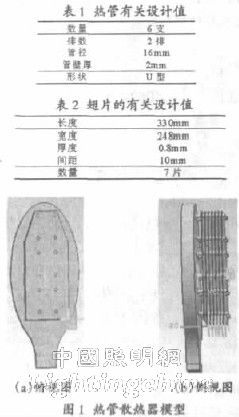
4 Comparison of heat dissipation effects of new radiators
The comparison of the LED junction temperature and the fin surface temperature temperature with time before and after using the new heat sink is shown in Fig. 2 and Fig. 3.
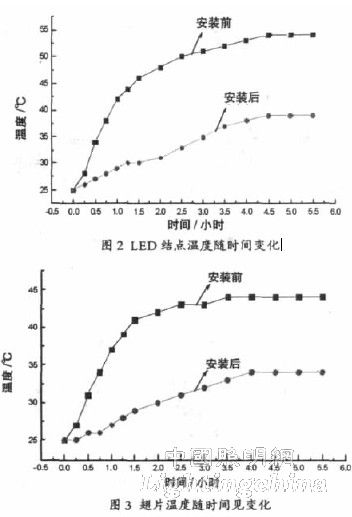
5 Conclusion
A new type of heat sink using heat pipe technology for high-power LED street lamps was designed and tested at an ambient temperature of 25 ° C. The results show that the device can quickly dissipate the heat of the LED to the outside air. And keep the junction temperature below 40 °C.
Edit: Cedar
iDealTek-Electronics has accumulated rich application experience and design technical knowledge in the field of High-voltage power supplies, from Linear High Voltage Power Supplies based on power frequency transformers to Switching High Voltage power supplies based on IGBT components, from 60KV, 1KW High Voltage Power Module, to 5KV ~ 40KV, 1KW 2U Laboratory High-voltage power supplies, and to 5KV ~ 60KV, 2KW 4U and 5KV ~ 100KV, 6U rack-mounted capacitor charging high-voltage power supplies, and then to floor-standing cabinet-type high-current high-power high-voltage power supplies, all our high voltage power supplies are featured for high reliability, excellent high-voltage output stability and low-ripple electronic characteristics.
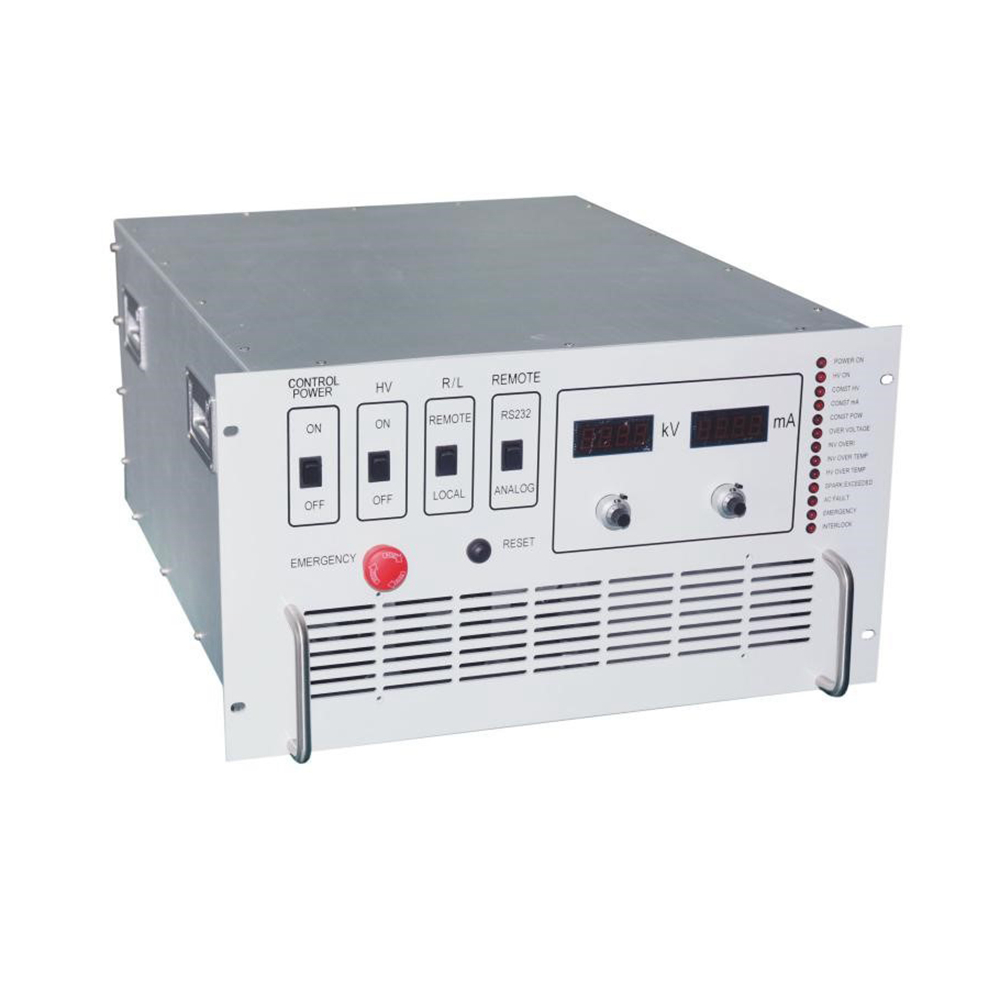
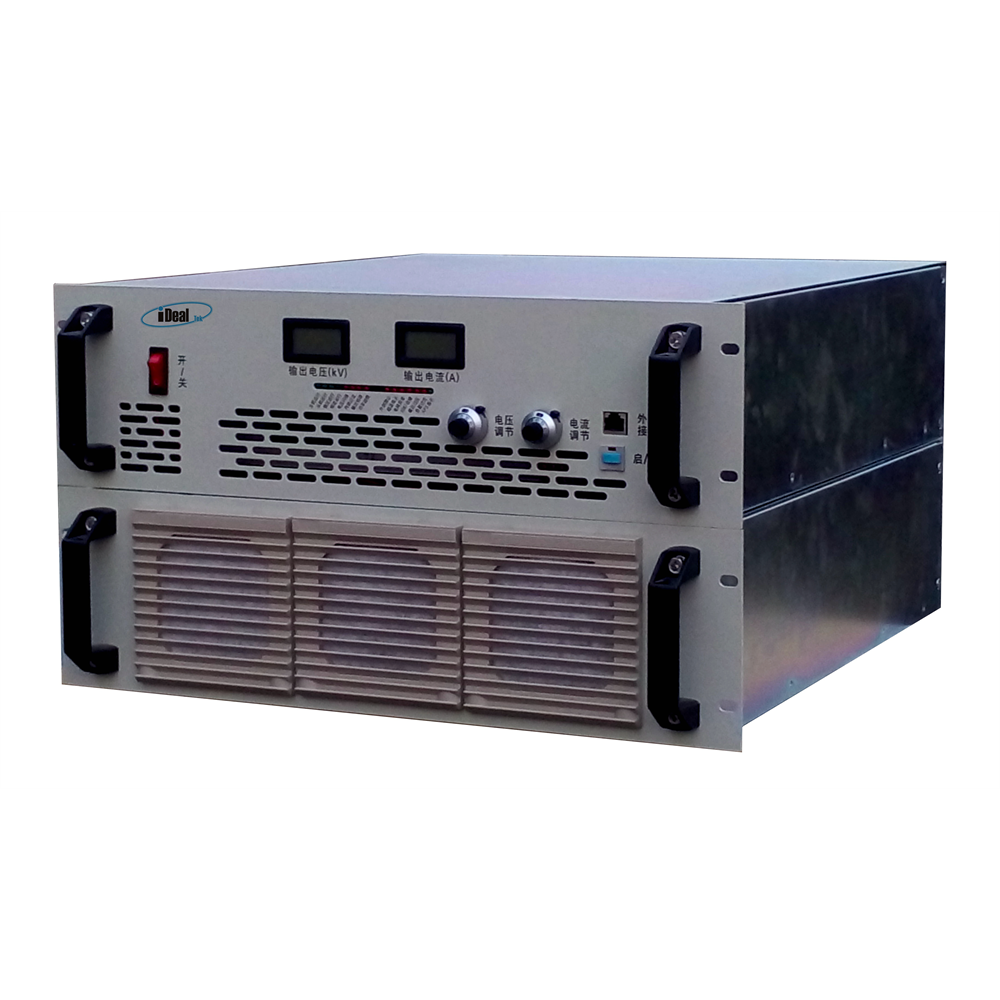
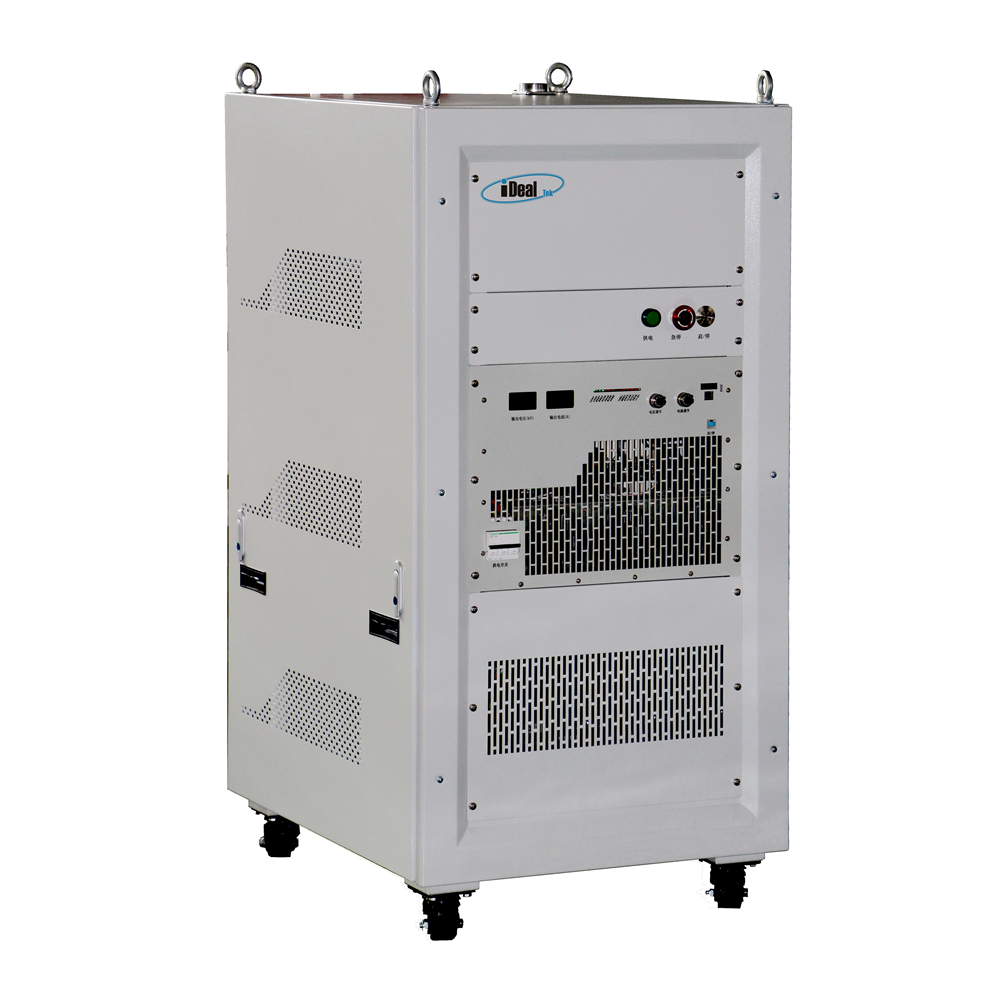
Through the reliable and durable operation panel on the front panel of the high-voltage power supply, the output voltage and current can be easily set and controlled. The high-precision LED or LCD ensures intuitive and high-precision high-voltage output measurement functions. Our high-voltage power supplies can be equipped with a wealth of remote-control interfaces, such as RS232 / RS485 /DB15 / DB25 / DB50 analog signal interface, etc. for remote high-voltage enable and inhibit, high-voltage output control programming and data monitoring.
Our HV power supplies have complete built-in protection functions, such as overvoltage protection, ARC protection, load discharge protection, over heat protection, etc. The protection mechanism can start in transient time to ensure the safety and reliability of the power supply itself and customer loads under high-voltage output.
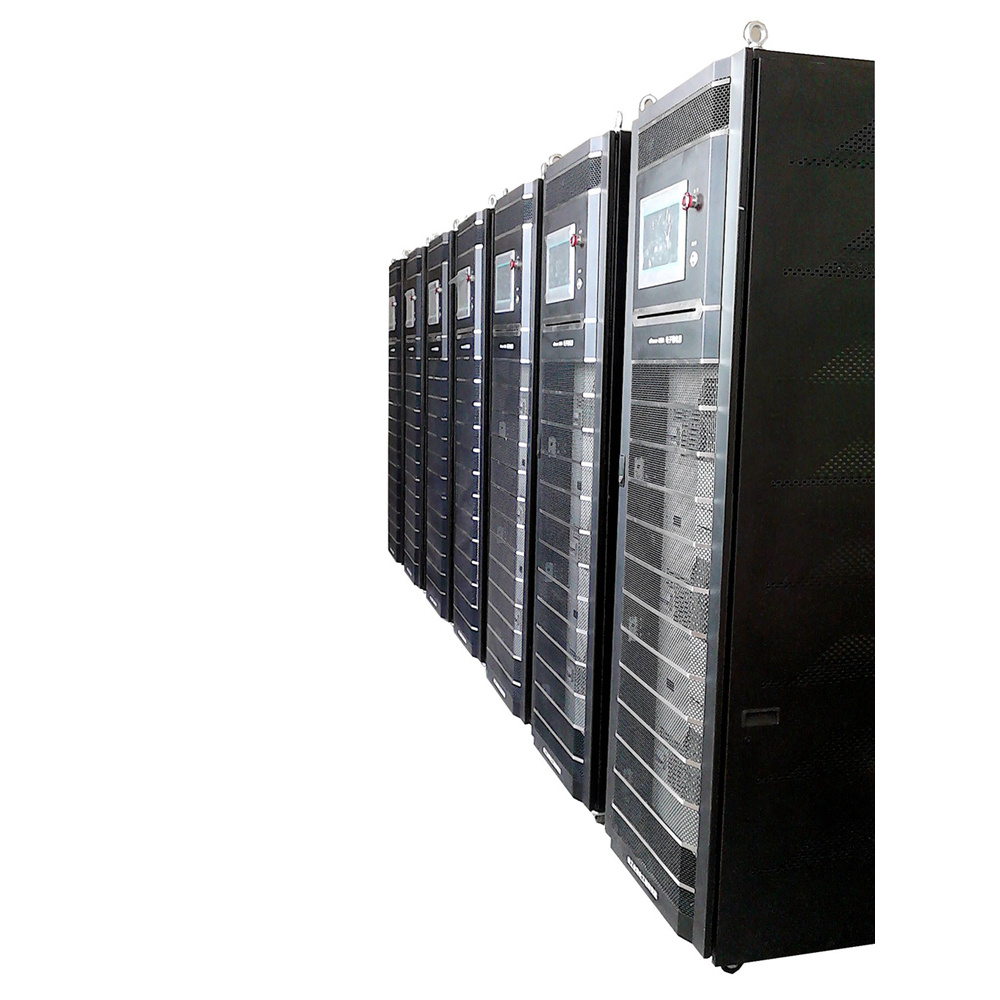
At present, our high voltage power supplies are widely used in high-voltage laboratories, capacitor charging, electron beam, ion implantation, FUSION power generation and other industries.
HV Power Supplies, High-voltage Power Supplies, High Voltage DC Power Supplies, HV PSU, High Voltage Power Module
Yangzhou IdealTek Electronics Co., Ltd. , https://www.idealtekpower.com